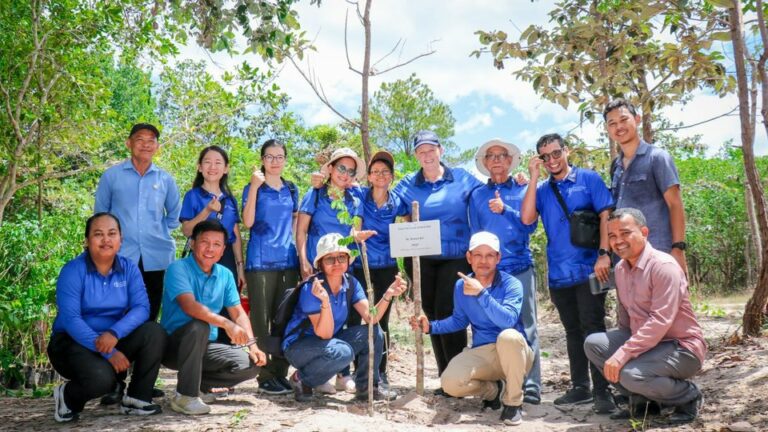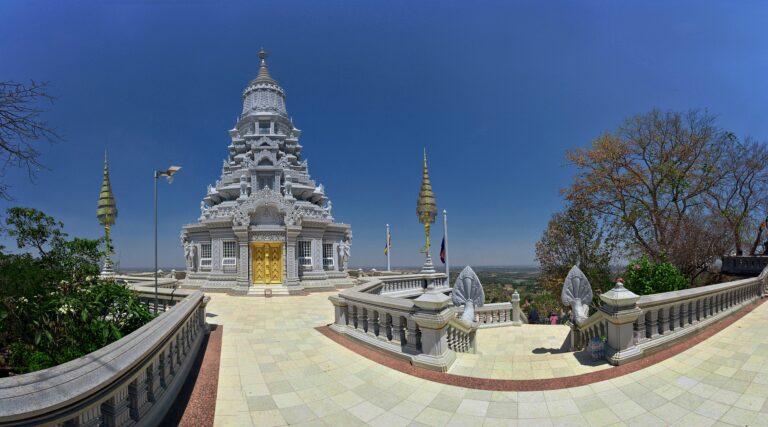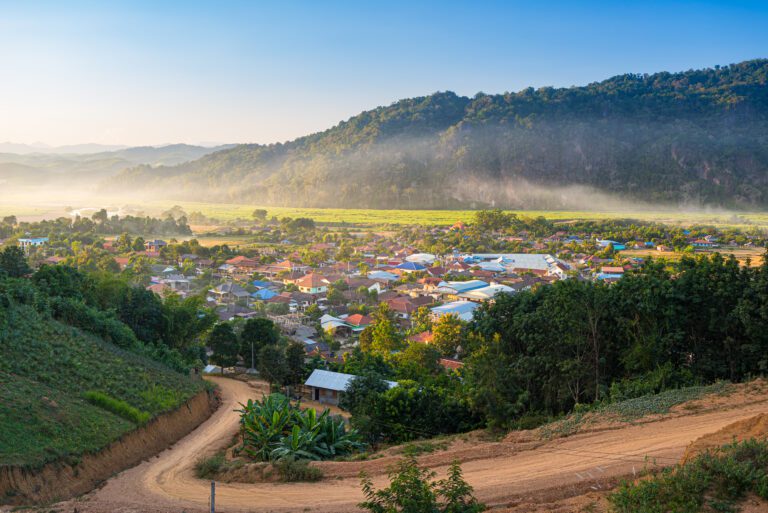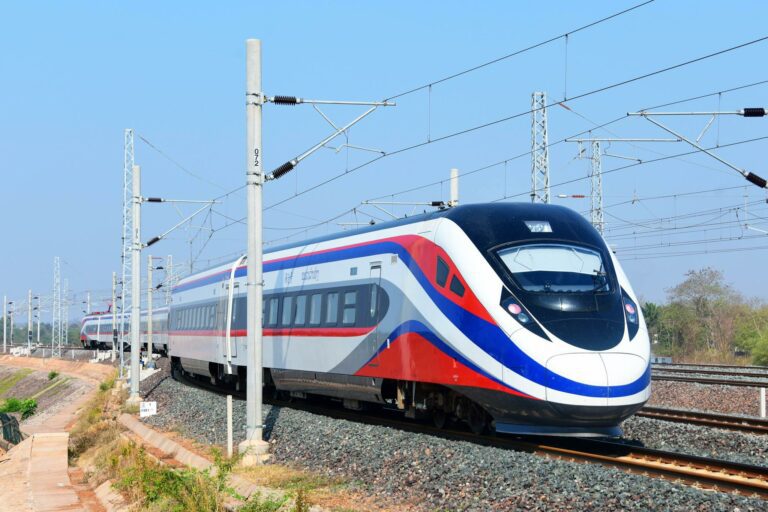
Brian Linden successfully won over skeptical Chinese locals and government officials when he and his wife Jeanee converted a Bai-style courtyard house in Xizhou, Yunnan into the Linden Centre, a boutique hotel and center for cultural exchange.
That was in 2008: today, the Linden Centre has had the privilege of welcoming over 25,000 Chinese and foreign guests over its distinguished tenure, curating a varied selection of cultural programs.

Image courtesy of the Linden Centre
The Linden Centre’s hotel has won plaudits from Travel and Leisure, CNN and Tripadvisor. And partnerships with renowned U.S. educational institutions give students a rare opportunity to experience Yunnan’s rich culture, learning hands-on in one of the province’s most culturally-rich areas.
Today, the Lindens oversee a network of two international education bases and five boutique hotels, including a new construction in Shaxi and another repurposed residence in Dongshan, Suzhou. With Yunnan undergoing a vibrant tourism rebound, we wanted to find out how Brian thought the tourism industry was developing in his adopted home – is travel in Yunnan developing in a sustainable way?
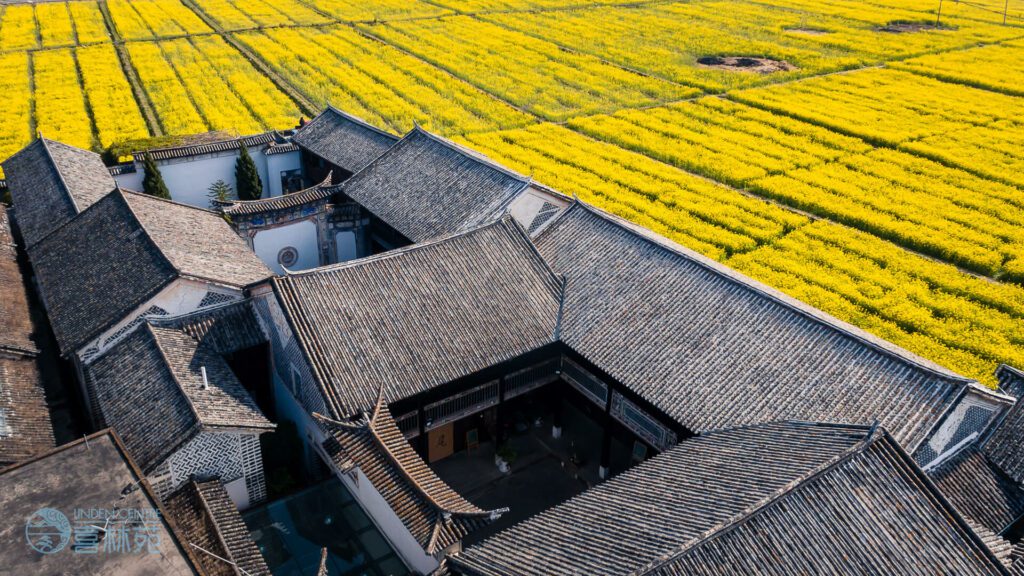
You’re an old hand in China, having first arrived in the 1980s. What has changed the most about Xizhou since then; and what hasn’t changed at all, despite China opening up more to the world?
From 1984 to 1988, I lived in Beijing and Nanjing but traveled extensively throughout China, spending over 100 nights on trains and being arrested 18 times for traveling to places that were not yet open to foreigners. During the 1980s and 1990s, domestic tourism was limited.
However, in the last thirty years, the tourism market has increased dramatically, and many places have become overly commercial to benefit from China’s booming tourism market. Xizhou, which became the site of our first Centre in 2008, exemplifies this change.
Xizhou has gone from a living village with social and cultural traditions handed down over hundreds of years to a tourism destination with locals and outsiders replicating commercial models from other ‘old’ villages. While the building facades remain unaltered, the town’s soul has changed, and the locals have gone from focusing on agriculture to tourism.
To some visitors, the new Xizhou, with its cafes and boutique shops, is more attractive. To others, it has lost its original social and cultural DNA, and they often leave disappointed.
What’s the state of sustainable and community-based tourism in your part of China? Are more travel stakeholders following in your example, of preserving traditional infrastructure and cultural relics instead of demolishing them?
Defining sustainable and community-based tourism in China is difficult because many decisions are made top-down. Local residents may relay their concerns, but the government often makes development decisions.
This does not mean the government is not considering issues of sustainability and preservation; one could argue that local governments understand development challenges better than anyone. However, the government faces challenges of increasing tax revenue while protecting local heritage.
Pre-COVID, there was a trend to err on the side of protection; however, governments are facing financial challenges post-COVID. Heritage preservation and sustainable tourism development suffer during these periods of economic difficulties.

Back in 2017, you predicted that local tourism will overtake the foreign clientele you were receiving in the Linden Centre. Has that come to pass – are you seeing more Chinese tourists who are attuned to cultural experiences visiting your properties? Or is tourism in your area still more commercial?
Prior to COVID, our clientele was fairly balanced between domestic and foreign travelers; during COVID, domestic tourism began to overtake our foreign clientele. Domestic tourists now make up 90% of our guests.
The outlook, however, is not so favorable for heritage properties. Many young Chinese travelers are attracted by unique architectural designs often alien to the local environment. These visitors feel heritage is old and stale, lacking creative designs and floor-to-ceiling windows. Businesses are taking over structures with views and using cement, steel, and glass to attract these younger tourists.
The challenge for heritage buildings is that it is more costly to restore than build new ones, and even after restoring old structures, they do not have large windows, sunken bathtubs, and infinity pools designed for Instagrammable photos.
I argue that some areas should be designated historical areas with a strict and enforceable building code. We cannot compete against US$300,000 newly built glass buildings after investing over US$3 million in restoring and managing our heritage structures in Xizhou.
You’ve expanded beyond Xizhou to Shaxi, Shangri-La and Dongshan. What lessons did you learn in the experience launching and running the Xizhou property, that you applied to the Shaxi, Shangri-La and Dongshan properties? What principles of adaptive reuse have you applied to the Dongshan property in particular?
We have used our Xizhou cooperation model in most of our new sites. We work with local governments who invest in the restoration costs; we then design and manage the final product.
The restoration challenges are the same on each project. It is extremely difficult to incorporate comfort and luxury into structures built of wood and mud a hundred years ago.
We aim to limit alterations and let the original aesthetic attract our guests. We still believe it is a luxury to experience the indigenous and historical.

What do you want your visitors to “take away” from their experience visiting any of your properties?
We hope our visitors will feel they had a glimpse into what China once was like. While the recent forty years of economic development are incredible, they do not void the preceding 4,960 years of Chinese history.
Tall buildings and cool cafes are lovely, but most of the world has them. What the world does not have are the rural bastions of Chinese tradition. We can better understand China by not solely focusing on the contemporary efficiency of China’s big cities but also through the Confucian traditions that have built the foundation for recent economic success.
Those traditions are still evident, although fading, throughout rural China.
Education is a large part of the Linden Centre’s mission; what is behind your passion to share the cultural heritage of Yunnan to visiting students?
Our goal is similar to that in the previous question. We want young people to define China not solely through its cafes and AI but also via its millennia-old inherited wisdom and culture.
Many international students in China limit their experiences to modern classrooms and fast food outlets, which are indistinguishable from their academic and leisure settings back home. Foreign students in Yunnan experience different cultural traditions once they leave our centers. Those confrontations are as important educationally as the content in the classrooms.
What is the state of tourism in Yunnan, based on what you’re seeing with your properties? Are you seeing tourism becoming more sustainable; or attracting tourists from newer markets?
Yunnan’s beauty, temperate weather, and cultural diversity have made it easy to attract visitors. That is both a blessing and a curse.
The blessing is that we only needed to improve the transportation infrastructure, and tourists would follow. The curse is that we did not have to work hard at creating sustainable and unique cultural programs to complement the natural attractions. We followed others’ leads, doing what was successful in other parts of China, but those projects lacked substance, soul, and local flavor.
We noticed a waning of interest from foreigners during the pre-COVID years. They expressed disappointment in the homogeneity of the Chinese tourism experience: same products, hotels, and cafes.
I don’t know what path China will take in these difficult post-COVID financial times. The Linden Centre will continue to advocate for more sustainable planning and indigenous participation. We are committed to China, love this country, and are proud to share both the old and the new with all visitors.
Visit the Linden Centre’s official website: linden-centre.com.

